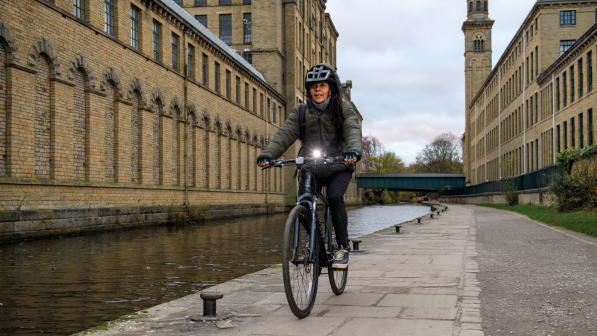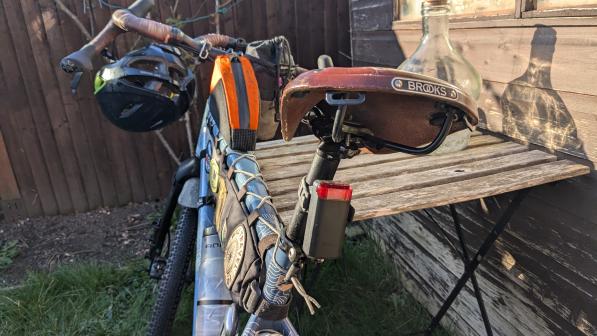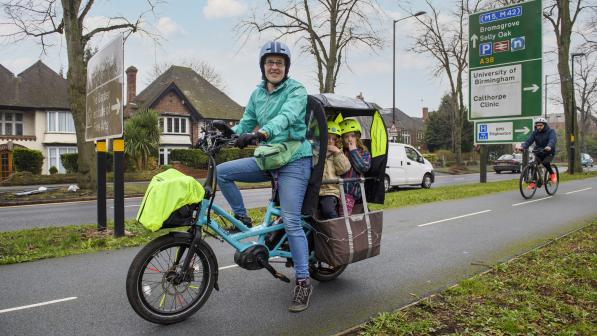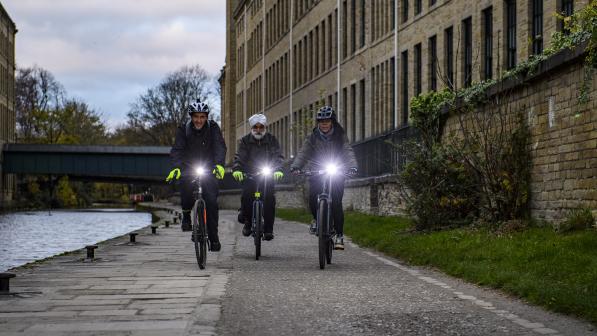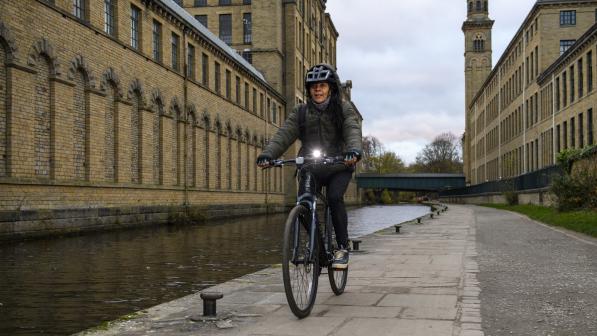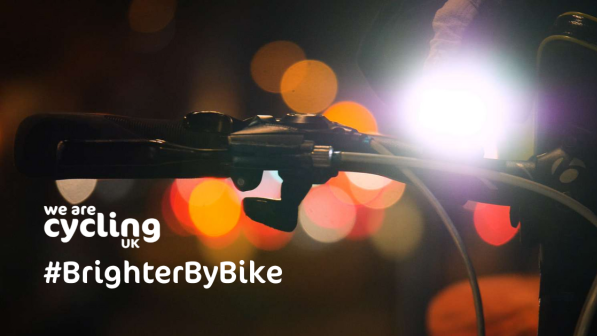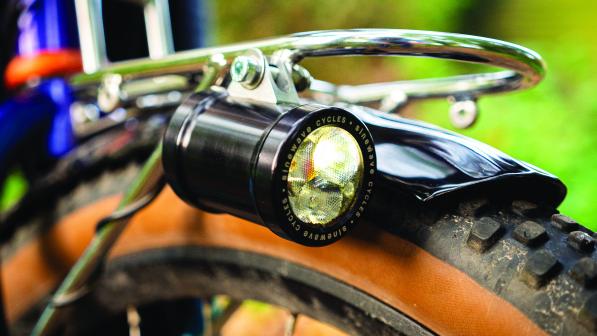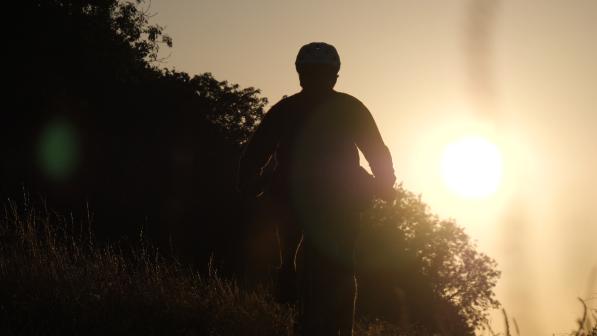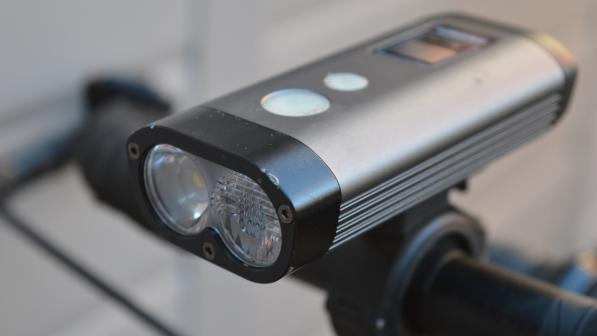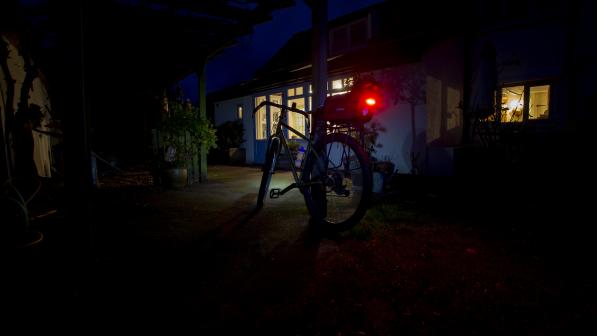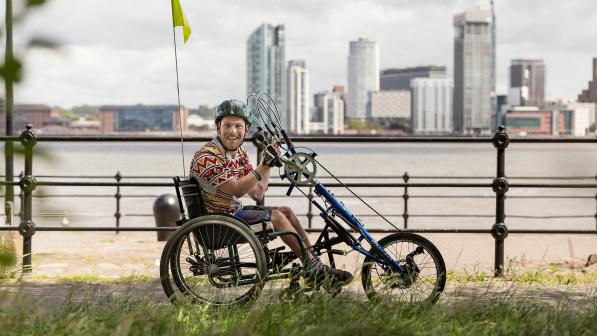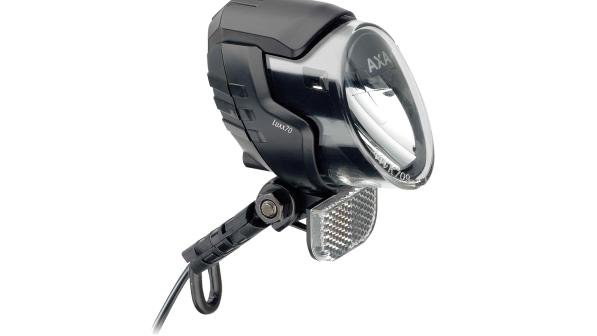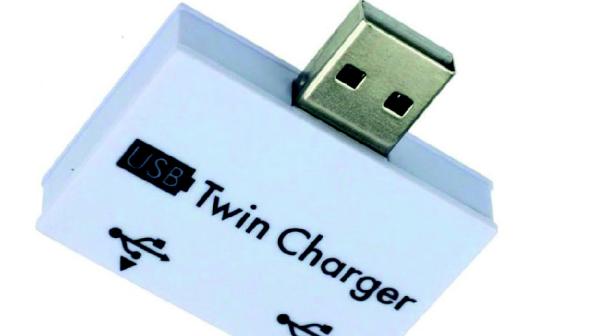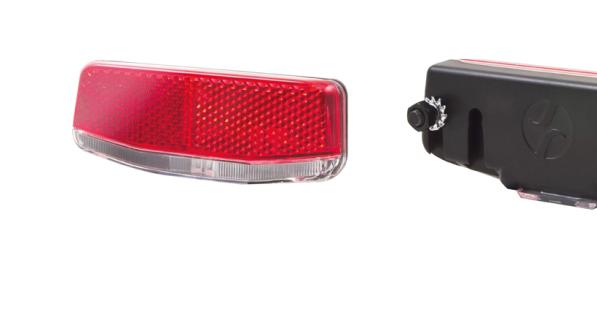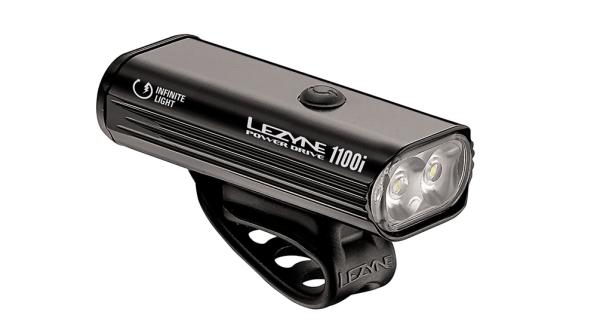Lighting regulations

White front light, red rear light: that ticks the legal boxes for riding in the dark, right? Wrong. While you’re unlikely to be stopped by the police, it’s not enough to comply with the Road Vehicles Lighting Regulations.
If you were involved in an incident on the road on a non-compliant bike, you might be deemed partly at fault. To avoid that possibility, you need the right lights and reflectors.
Reflectors
Let’s start with reflectors. Between dusk and dawn, your bike must be fitted with a red rear reflector and amber pedal reflectors, which must conform to BS6102/2.
A red rear reflector is easy: new bikes come with them, and one can easily be added to a seatpost, rear rack, or mudguard. Some lights incorporate them too. Pedal reflectors can be fitted to most flat pedals and many come with them. Clipless pedals seldom have or accept reflectors. There are exceptions: trekking/commuting pedals with cleat on one side and a flat pedal surface on the other, such as Shimano’s Deore XT T800. Or you may be able to fit clipless pedal reflector adapters, such as Shimano’s SM-PD22.
Lights
Lights are more complicated. There’s a difference between lights that are legal and lights that are approved. A light is legal to use as additional illumination if it’s the right colour and doesn’t dazzle. But you must also have front and rear lights that are approved, which means conforming to BS6102/3 or “a corresponding standard of another EC country”.
Oddly, it’s easier to find battery lights that meet German standards – they’ll be listed as meeting StVZO – than it is to find battery lights meeting BS6102/3.
Approved dynamo lights are easy to find, since such lights generally do meet German standards. Bicycles aren’t obliged to show lights when they’re stopped, incidentally, although most modern dynamo lights do have a standlight function that keeps them shining for a while when stationary.
Flashing lights
Flashing lights are permitted on cycles so long as they’re the right colour. Some flashing lights are okay to use as your only lights even if they don’t meet BS6102/3 or StVZO.
Firstly, they must only flash. If there’s a steady mode, even if you don’t use it, the light must meet BS6102/3 or StVZO. (Note that most flashing lights do have a steady mode.)
Secondly, they must flash one to four times per second.
Thirdly, they must emit at least four candela. One candela is about 12.5 lumens, so that’s 50 lumens. Many flashing front lights will meet this stipulation but that’s unusually bright for a flashing rear light.
For further information about lighting regulations you can read our detailed guide to cycle lights.
Shining examples
A selection of battery lights with StVZO approval
Lezyne Lite Drive Pro StVZO/Strip Drive - Pair £85





